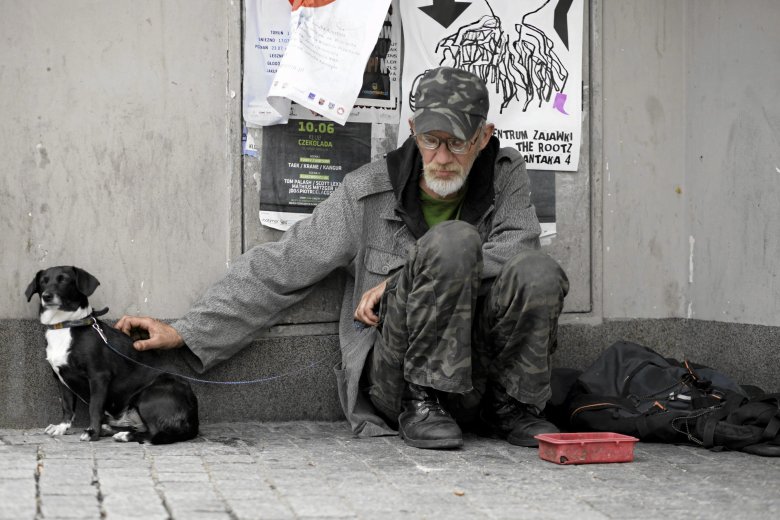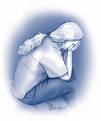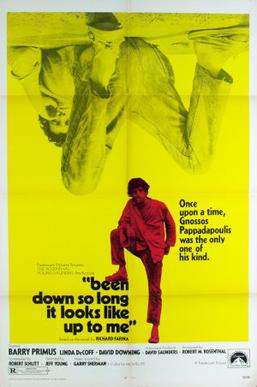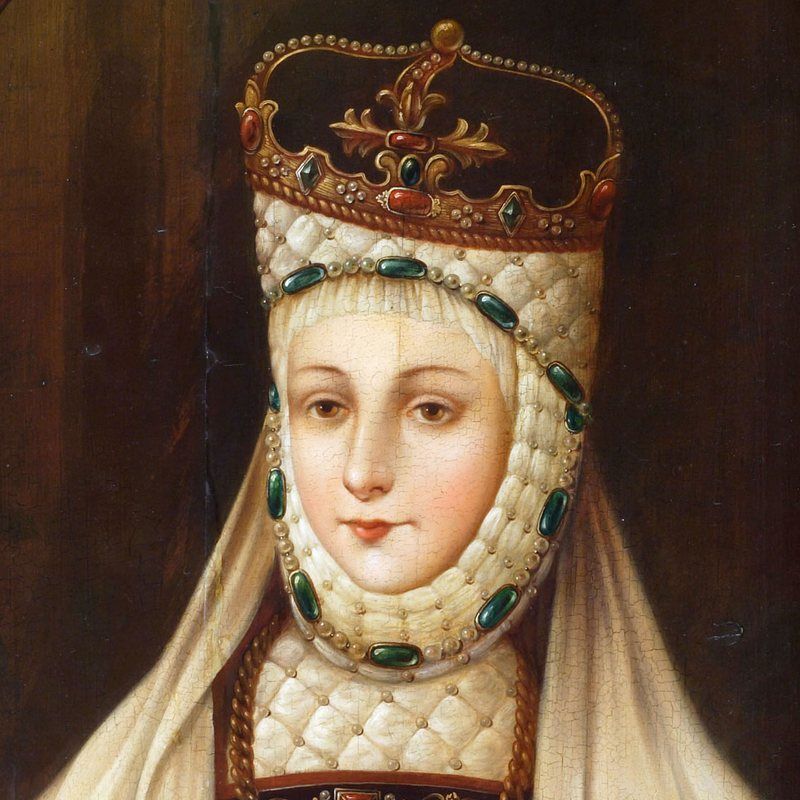They figure out the psyche of criminals
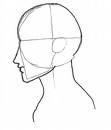
They call us profilers, that is, specialists in the field of building psychological profiles of criminals. There are few of us in Poland – I know about five, including four, just like me – from the Institute of Forensic Expertise in Krakow. We assist the police in prosecuting perpetrators of crimes, mainly the heaviest, murders. Are we effective?? I don't know, We do not regularly receive feedback on the results of our work. But i hope, that our work is useful, since the police quite often turn to us for help – said her guest at the last April science cafe in Warsaw – forensic psychologist Dr. Maciej Szaszkiewicz. What elements are the psychological characteristics of the perpetrator built from?? The basis is the case files and the search for an answer to the fundamental question – what distinguishes the criminal in her, what features? The profiler's workshop is based on three main pillars: victimological data about the victim (why she was the victim of a homicide), data about the place of the event (how the murderer behaved, whether he had planned his act, if something surprised him there, what traces he left, if and where the murder weapon was found) and information about relationships over time (what followed and how and whether it could only be a matter of coincidences). Various factors are taken into account – why, for example, the victim was dressed, since the examination of the investigation shows, that she was brutally raped (it turns out, among others. that the murder was sexual, and the victim was gay; her family, out of shame before the public, selected bodies before the arrival of the police, wanting to hide this fact).
From my professional experience, I know Dr. Szaszkiewicz continued, how much can sometimes be said about the characterological characteristics of a murderer on the basis of this, what disorder he left at the scene of the crime, chaos indicates a strong share of emotions, order is sometimes, though it may not become a clue, that perhaps the traces had been obliterated and that the murder itself had been planned in advance. It also happens, that the murder victim is comfortably seated on the couch with evident care, with a pillow under the head, etc., which sometimes indicates an attempt at some kind of compensation that the murderer wanted to pay her for what he did…
It is very important to identify the motivation of the crime. There are usually four types of it: emotional (it concerns three-quarters of the crimes, for example, those committed out of revenge or jealousy), economic (robbery for profit), sexual (rape) and delusional (the rarest one, expressed in statistics as a fraction of a percent per capita).
We also do not forget – the cafe visitor continued – about paying attention to the possible criminal past of the perpetrator (whether he is skilled in action), his age, education, wealth, marital status, profession, appearance, experience, criminal tendencies. Some things are known in advance, for example this, that if someone takes gold, money or jewelry is a rather common thief. On the other hand, theft of electronics or RTV devices indicates more of a teenager, as is the appropriation of powdered soups on someone who is poor and hungry.
The questions to the profiler were very different. For example, people were interested, do we have a computerized database of criminal psychological profiles in Poland (We do not have, but Interpol has it), whether crimes are committed more often by men than by women (so, just recall, that on 150 of all prisons in Poland only in 3 there are women), what role in committing crimes, including the heaviest full of alcohol (huge, 90 proc. crimes are committed under his influence), what has changed in recent years with murder weapons (in most cases, we are dealing with firearms).
The course of the meeting was reported for the first time live on the website lorko.pl., and Internet users could also ask questions. On the same page, there is now a several-minute-long film showing its course and temperature.


